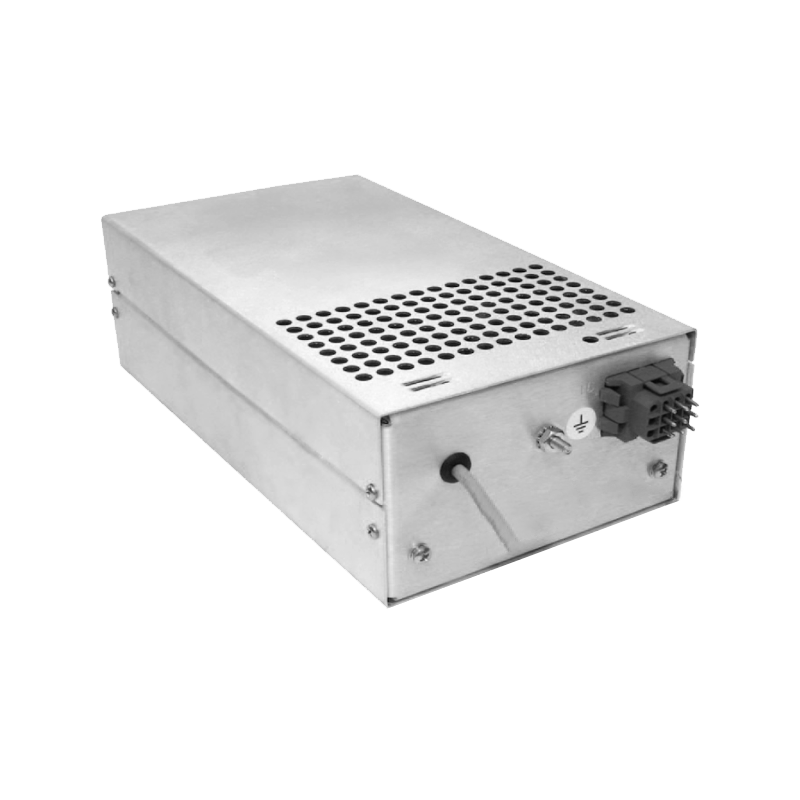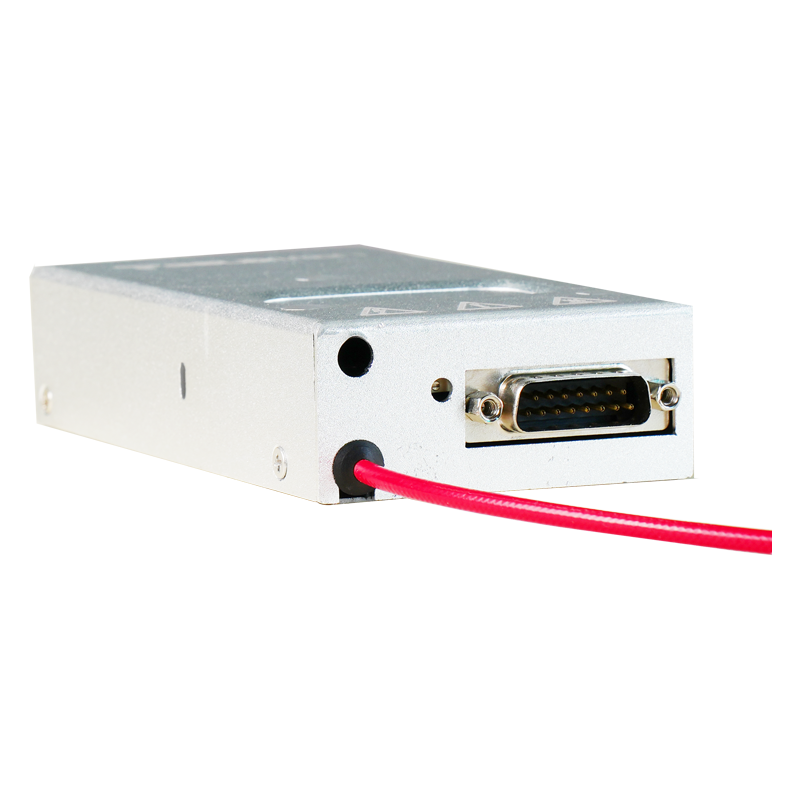Energy-Saving Design of High-Voltage Power Supplies in Electrostatic Precipitation Systems
In the field of industrial waste gas treatment, electrostatic precipitation systems have become key equipment for reducing air pollution due to their high-efficiency particulate matter capture capabilities. As the core component of electrostatic precipitation systems, the energy consumption of high-voltage power supplies directly affects the operating costs and environmental benefits of the equipment. How to achieve the energy-saving goals of high-voltage power supplies through optimized design has become an important research topic in the industry.
1. Demand Characteristics of High-Voltage Power Supplies in Electrostatic Precipitation Systems
Electrostatic precipitation relies on a high-voltage electric field to ionize gas, causing dust particles to become charged and migrate to the dust collection electrode under the action of the electric field force. During this process, high-voltage power supplies need to provide stable and adjustable DC or pulsed high voltages, typically ranging from 30 to 100 kV. However, in actual working conditions, parameters such as dust concentration, particle size distribution, and specific resistance change dynamically. Traditional constant-voltage and constant-current power supply modes cannot precisely match the working conditions, often resulting in excessive power supply and significant energy waste. Statistics show that the energy utilization rate of traditional high-voltage power supplies in electrostatic precipitation systems is less than 60%, indicating huge energy-saving potential.
2. Key Technical Paths for Energy-Saving Design of High-Voltage Power Supplies
(1) Optimization of New Power Supply Topologies
Traditional power frequency power supplies are increasingly unable to meet energy-saving requirements due to their large size and low efficiency. Adopting high-frequency switching power supply topologies, such as phase-shifted full-bridge soft-switching structures, can increase the power supply operating frequency to tens of kHz or higher, significantly reducing switching losses. By optimizing the design of transformer core materials and windings and using high-performance magnetic materials such as nanocrystalline and amorphous materials, hysteresis losses and eddy current losses can be reduced. Experiments show that compared with traditional power supplies, the efficiency of high-voltage power supplies based on new topologies can be increased by 15 20%.
(2) Dynamic Adaptive Control Strategies
A real-time working condition monitoring mechanism is introduced, and operation parameters of the precipitation system are collected using devices such as dust concentration sensors and electric field strength sensors. Based on algorithms such as fuzzy control and adaptive control, a dynamic matching model of working conditions voltage current is established. When the dust concentration decreases, the output voltage and current are automatically reduced. In the case of high-specific-resistance dust, the power supply mode is switched to pulsed mode to avoid back corona phenomena. This dynamic control strategy can reduce power consumption by 20 30%.
(3) Intelligent Collaborative Optimization Technologies
A collaborative control network for high-voltage power supplies and other components of the precipitation system is constructed. By integrating parameters such as fan speed and rapping ash removal cycle, energy-saving linkage of multiple devices is achieved. For example, when the fan air volume decreases, the output power of the high-voltage power supply is synchronously reduced. During the rapping ash removal stage, the power supply strategy is adjusted to reduce the energy loss caused by secondary dust. Through intelligent collaborative optimization, the overall energy-saving effect of the system can be further enhanced.
3. Practice and Achievements of Energy-Saving Design
A coal-fired power plant adopted the above energy-saving design scheme during the transformation of its electrostatic precipitation system. By replacing the high-frequency switching power supply topology and implementing an adaptive control algorithm and intelligent collaboration system, the energy consumption of the high-voltage power supply after the transformation decreased by 35% compared to before, saving over one million yuan in annual electricity costs. Meanwhile, the dust removal efficiency remained stable, achieving a win-win situation for economic and environmental benefits. This practice proves that scientific energy-saving designs can significantly improve the energy efficiency of high-voltage power supplies in electrostatic precipitation systems.
The energy-saving design of high-voltage power supplies in electrostatic precipitation systems is a systematic project that requires innovation from multiple dimensions, including power supply topologies, control strategies, and collaborative optimization. With continuous technological advancements, high-voltage power supplies will develop towards higher efficiency and intelligence in the future, providing stronger support for industrial energy conservation and emissions reduction.




















